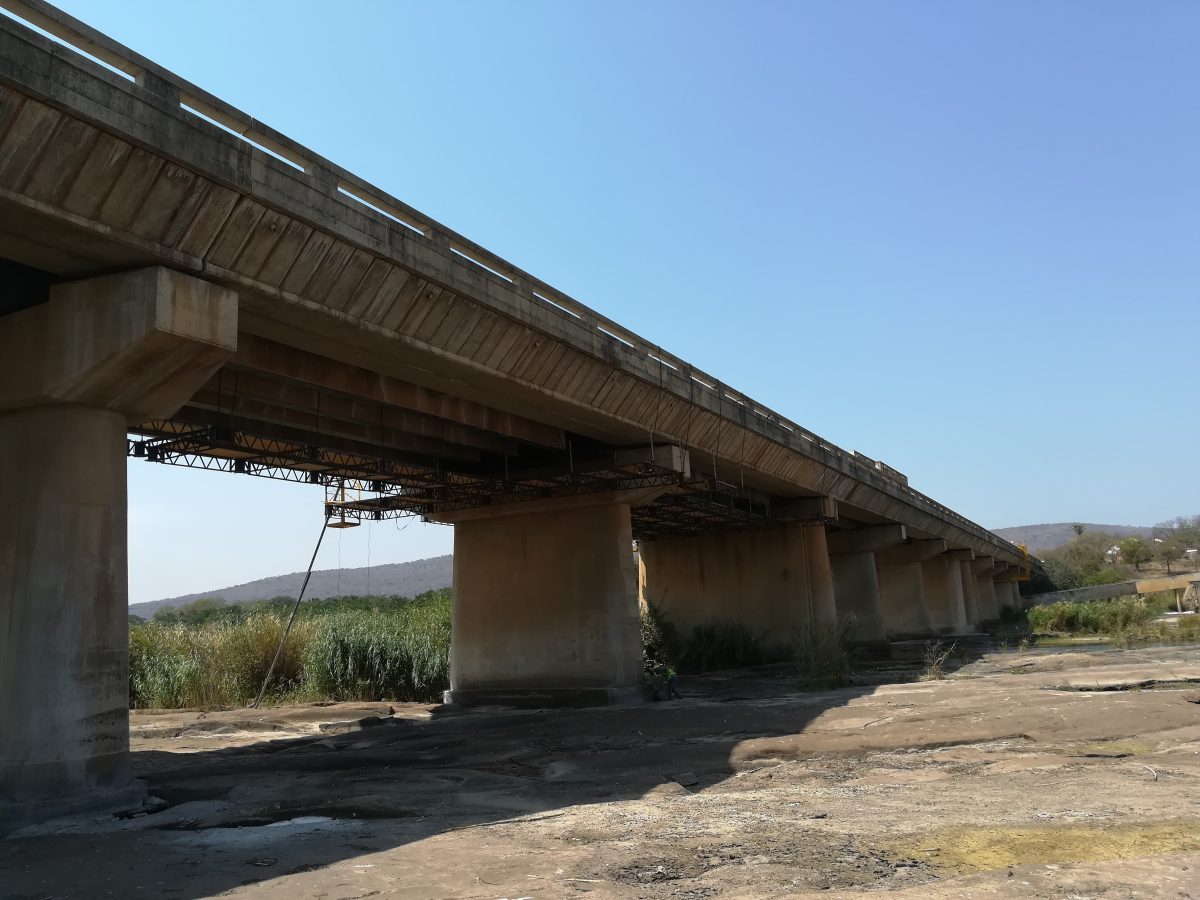
SMEC South
Africa was appointed by Trans African Concessions (TRAC) to undertake the
detailed inspection, rehabilitation design and construction supervision of the
Komati River Bridge refurbishment project. The bridge is situated on the N4
Toll Route, Section 8 and is an important river crossing for freight traveling
between South Africa and Mozambique.
During
a scheduled inspection, a number of defects were identified. Defects included
locked bearings, shear cracks and flexural cracks in the deck beams. The shear
and flexural cracks were believed to have been related to thermal loading
caused by the locked bearings.
March
2017 saw the start of the project where Sika’s specialised products were
specified by DSC Zendon whom the client, TRAC appointed to complete the
rehabilitation. Jaun-Roe van Wyk, Sales Consultant for Sika South Africa,
recommended Sika’s most renowned products.
Sikadur-52
ZA was used for crack injection. This was completed by drilling 6-mm holes into
the cracks to a depth of 20 mm. The injection was by means of copper piping
used to inject the epoxy into the crack which was bonded to the concrete with
Sikadur-31 DW epoxy mortar. The crack was thereafter closed with Sikadur-31 DW
and allowed to cure for 24 hours.
Sikadur-30
was used in conjunction with the composite carbon fibre plates which were cut
to the correct sizes as specified. All areas that had to be strengthened were
inspected for damages and repaired during the concrete preparation stage. Any
unevenness or protrusions were grinded flush in the concrete preparation stage.
The
product Sikadur-330 was used together with the SikaWrap carbon fibre fabric.
All the areas that were strengthened were prepared by means of grinding before
applying the SikaWrap.
Sikadur-330 was
applied as a bedding layer onto the clean concrete surface. The SikaWrap was then applied onto the wet
epoxy adhesive and the surface of the cloth was rolled with a ribbed roller.
This was to ensure that all trapped air or bubbles were removed from the
layered material and that the resin was pushed through the cloth. A second coat
of Sikadur-330 was applied to cover the fabric evenly to ensure complete wet
out of the SikaWrap.
One
of the key challenges during this project was that works had to be completed
under live traffic conditions. Therefore, the N4 had to remain open during the
rehabilitation process. Over and above the traffic conditions, crocodiles in
the river below posed an additional safety risk, especially during the rainy
season when flooding was an issue.
Regardless
of the challenges faced, the rehabilitation works were successfully completed
in 6 months.
More information from Nadine Slabbert, Tel: +27 31 7926500 / email: [email protected]

